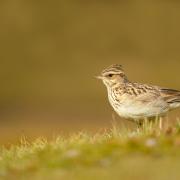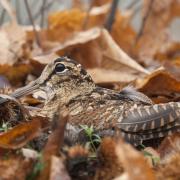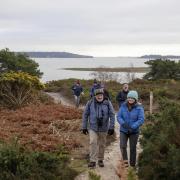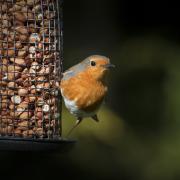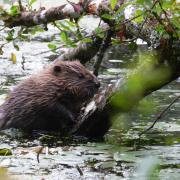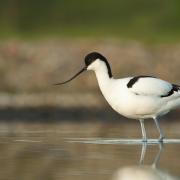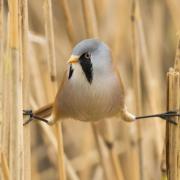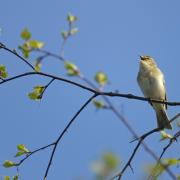Paul Morton from Birds of Poole Harbour reveals how the scientific practice of bird ringing has unlocked many avian mysteries

Dorset is a migration hotspot for many thousands of birds throughout the year. To understand the true scale of this migration you need to monitor population trends, assess breeding success and calculate the health and longevity of each species. One way to do this is to go birding at a good migration spot and note everything you see and log it with the British Trust for Ornithology via their Bird Track App . However, a more detailed and scientific method, which provides mountains of data, is by bird ringing. This first started in the UK in 1909 when two researchers began putting homemade metal rings on birds legs to try and work out where birds went in the spring and autumn.
Around 200 years ago it was thought that swallows settled at the bottom of British ponds for the winter, re-emerging the following year. Then, in December 1912, the first bird (a swallow) to be ringed in the UK was found in South Africa. This was the ‘eureka’ moment researchers had been waiting for, after that the ringing scheme grew substantially. Now managed by the BTO, each year just under 1 million birds are ringed across the UK by around 2,600 specially trained volunteers.
Here in Dorset there are several well-established ringing groups such as the Portland Bird Observatory , Stour Ringing Group and Christchurch Harbour Ornithological Group , as well as numerous independent ringers. Between them they have contributed incredible amounts of important data to the BTO, helping to assess the health of Dorset bird populations, both breeding and migratory.
Each year the Dorset ringing sites collectively ring around 10,000 birds, providing clear migration routes for species such as reed and sedge warblers as other ringers catch the same birds down through France, into Spain and eventually into Africa.
As technology has improved, some bigger birds now have ‘satellite tags’ providing real time data for researchers to study. However, this technology is expensive, so ringing remains the most effective long-term and cheapest method for monitoring bird populations.
Occasionally you may find a dead bird, or be lucky enough to see a live one, with a ring on its leg. If you do, and you can see the unique number on the ring, then email it to the BTO and they’ll be able to give you the life history of that particular bird!
Find out about the latest sighting by Birds of Poole Harbour here








